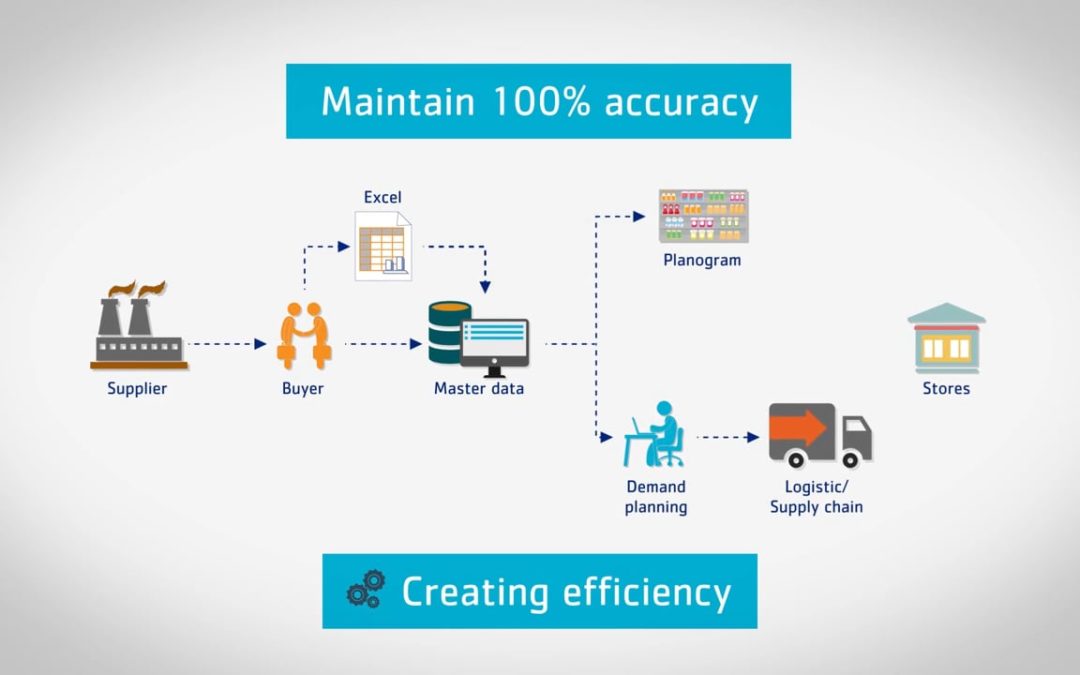Fluctuations in an inventory supply chain are inevitable. Randomness, which can be a source of confusion and frustration, guarantees it. A ship carrying goods from China may be delayed by a storm at sea. A sudden upswing in demand one day can wipe out inventory in a single day, leaving you unable to meet the next day’s demand. Randomness creates frictions that make it hard to do your job.
At first blush, it sometimes seems best to respond to randomness with the ostrich approach: head buried in the sand. You can settle on a prediction and proceed on the assumption that the prediction will always be spot on. The flaw in that approach is that it ignores statistical methods that allow us to make use of a wealth of knowledge about our knowledge itself—how confident we can be in our predictions, and what breadth of possibilities confront us. The efficient approach to tackling the problems that stem from randomness is not to ignore uncertainty, but to embrace it with eyes open.
As a fundamental tenet of Smart Software’s approach to forecasting, we will always provide you with an assessment of the level of uncertainty in forecasts. If you are expecting nothing more than an absolute figure—the demand for widgets in February will be 120 units—you may dismiss the added element of uncertainty as a negative, or lose faith in a forecast you had hoped would be definite. But we argue for what we consider the adult approach; you need to know what you are risking when you commit to a forecast and premise your decision-making upon it.
Your forecasts can have big consequences that go beyond inventory stocking levels. They can determine your raw materials needs or staffing levels—forecasts drive many important resource allocation decisions. If you have too much faith in the most likely outcome, without also specifically considering just how likely it is, you aren’t really understanding the risks you face, and you may put yourself in a precarious position.
The need to make fully informed decisions forces us to see, in a forecast, the plus/minus range of results with a certain likelihood of occurring. In the specific case of forecasts that are going into inventory systems, this is an important part of deliberately planning for contingencies. This is how you determine not only the inventory you need to maintain in order to satisfy typical demand, but also the additional inventory you need on hand to deal with most unexpected outcomes.
This importance only increases when you are trying to maintain a reliable store of critical spare parts. Between the cost of stocking additional inventory, and accounting for the degree of reliability in your forecasts, there is a balance that crystallizes when an airplane that you need in the air is grounded—because you don’t have the replacement for a damaged part.
(While stocking extra inventory relies on the high end of the uncertainty range, if cash flow is tight, it’s the low end of the range that becomes important. Treasury-minded users find value in this other side of uncertainty in scenarios where even minimal overstocking can be more of a problem than a missed sales opportunity, for example. Reliable information about the lowest likely outcomes pays off at this time.)
Inventory theory says that you need to think about the outer ends of likely possibilities and prepare to cope with more scenarios than just what is most likely. Randomness is a reality that can’t be ignored. The average is not the answer.
Thomas Willemain, PhD, co-founded Smart Software and currently serves as Senior Vice President for Research. Dr. Willemain also serves as Professor Emeritus of Industrial and Systems Engineering at Rensselaer Polytechnic Institute and as a member of the research staff at the Center for Computing Sciences, Institute for Defense Analyses.
Related Posts

Mastering Automatic Forecasting for Time Series Data
In this blog, we will explore the automatic forecasting for time series demand projections. There are multiple methods to predict future demand for an item, and this becomes complex when dealing with thousands of items, each requiring a different forecasting technique due to their unique demand patterns.

Forecast-Based Inventory Management for Better Planning
Forecast-based inventory management, or MRP (Material Requirements Planning) logic, is a forward-planning method that helps businesses meet demand without overstocking or understocking. By anticipating demand and adjusting inventory levels, it maintains a balance between meeting customer needs and minimizing excess inventory costs. This approach optimizes operations, reduces waste, and enhances customer satisfaction.

Leveraging Epicor Kinetic Planning BOMs with Smart IP&O to Forecast Accurately
In this blog, we explore how leveraging Epicor Kinetic Planning BOMs with Smart IP&O can transform your approach to forecasting in a highly configurable manufacturing environment. Discover how Smart, a cutting-edge AI-driven demand planning and inventory optimization solution, can simplify the complexities of predicting finished goods demand, especially when dealing with interchangeable components. Learn how Planning BOMs and advanced forecasting techniques enable businesses to anticipate customer needs more accurately, ensuring operational efficiency and staying ahead in a competitive market.











